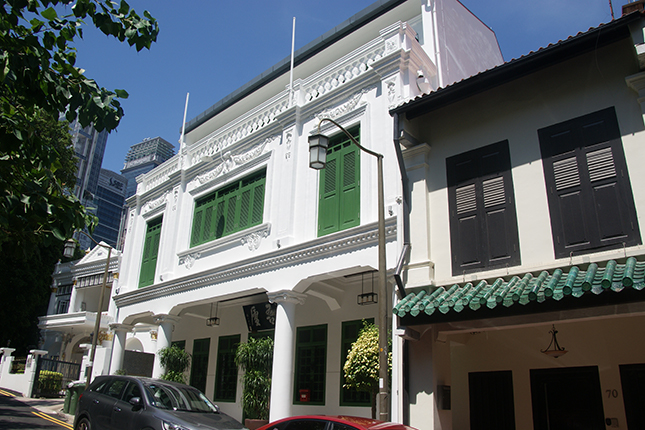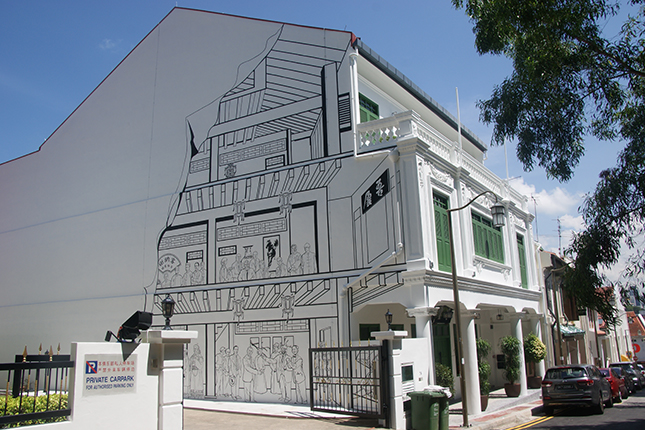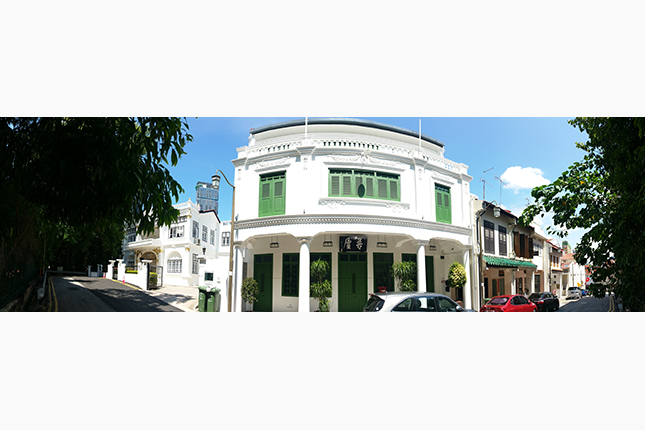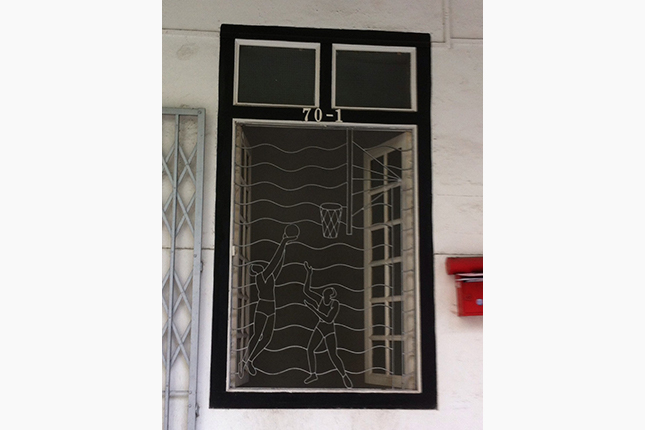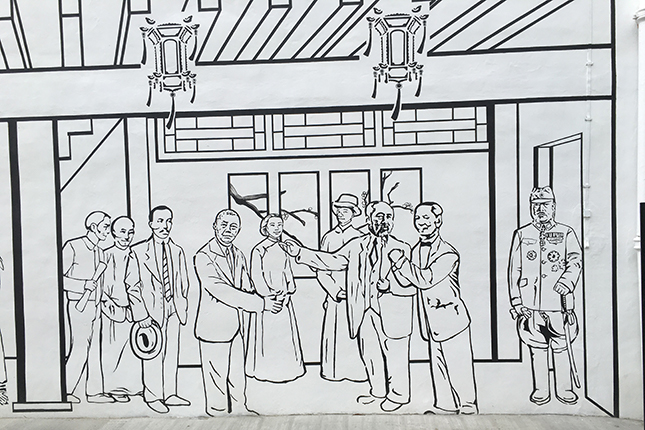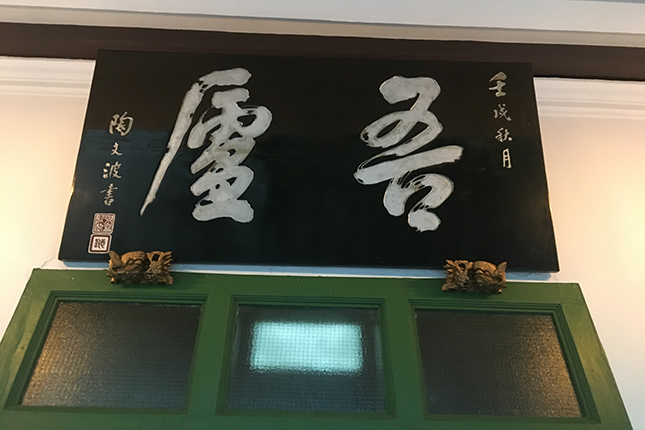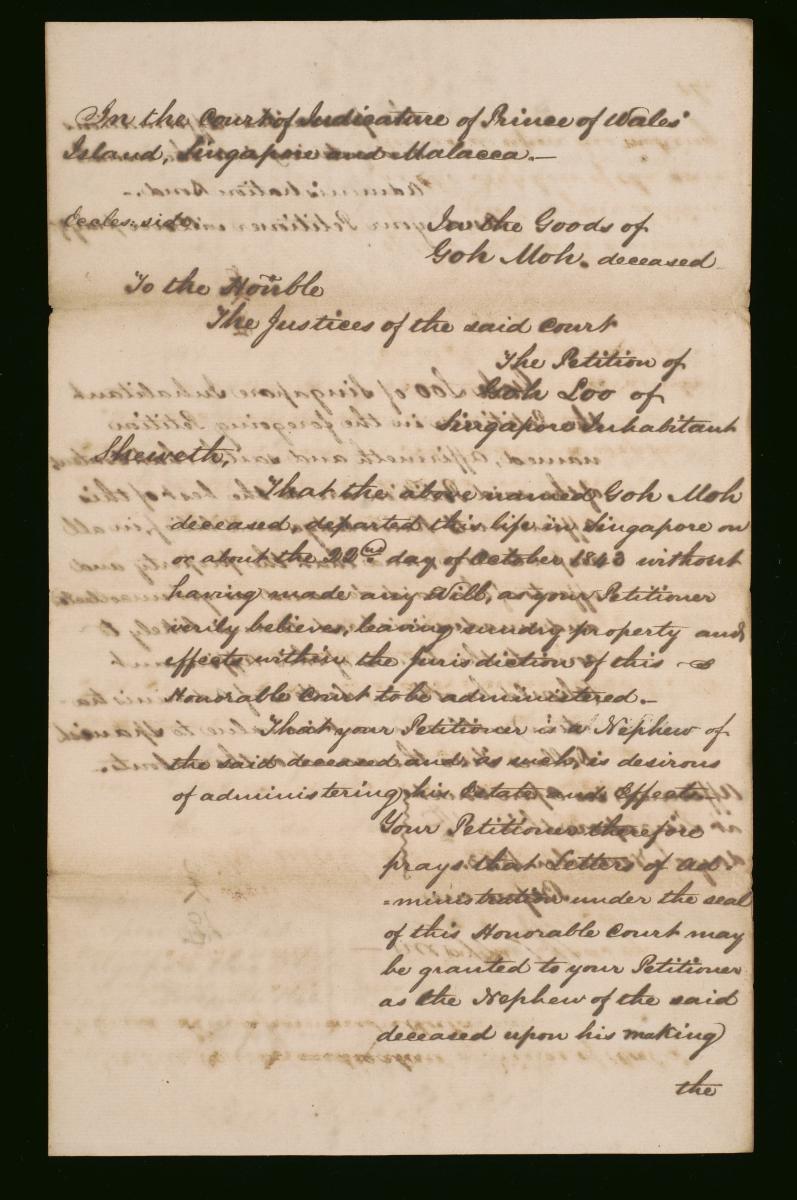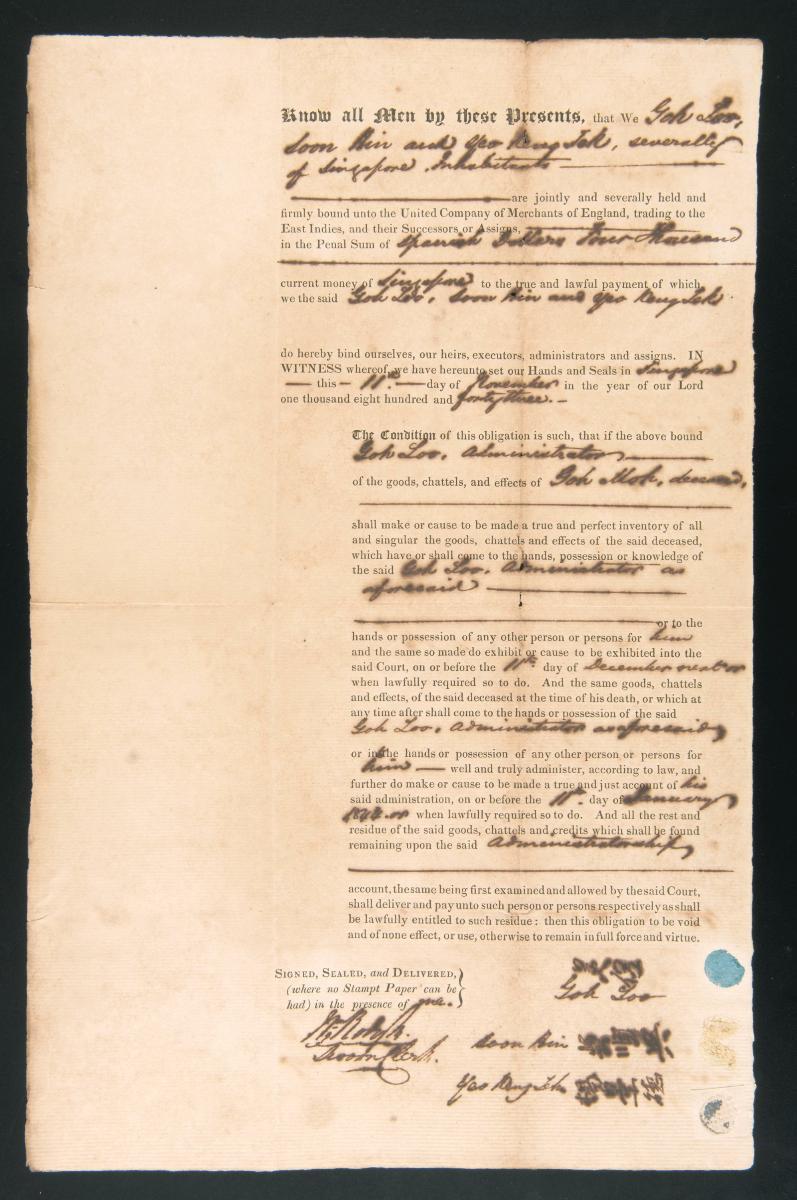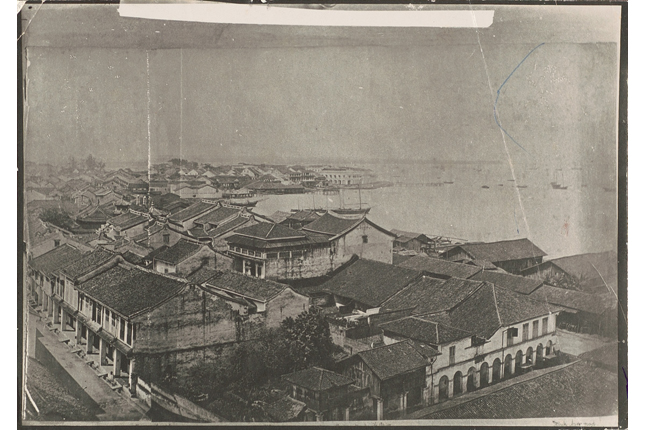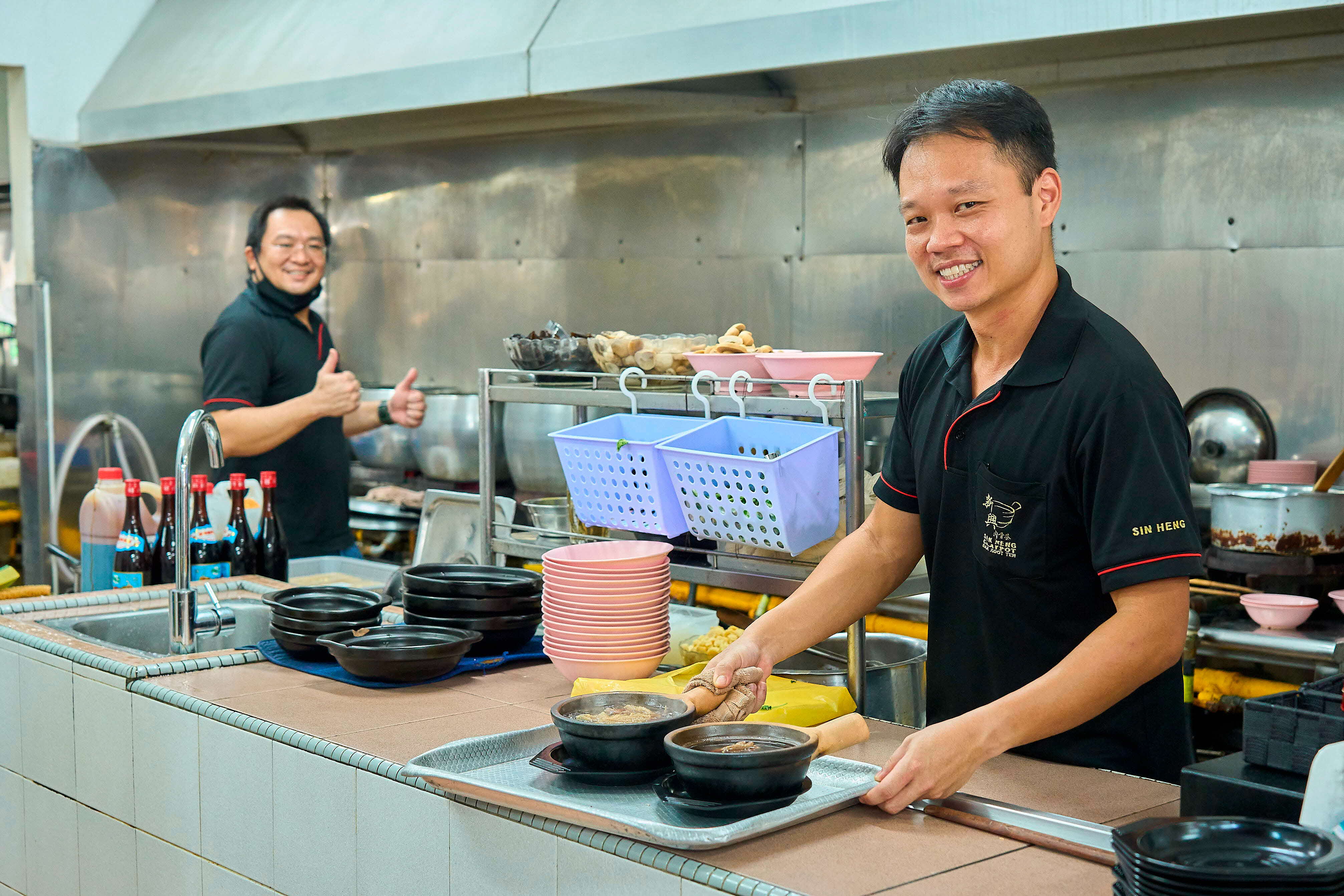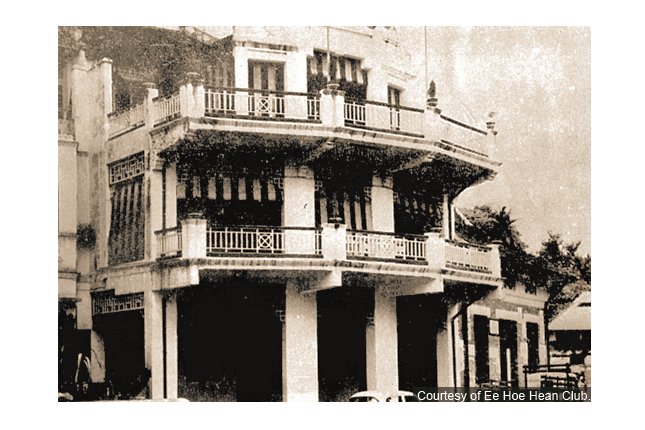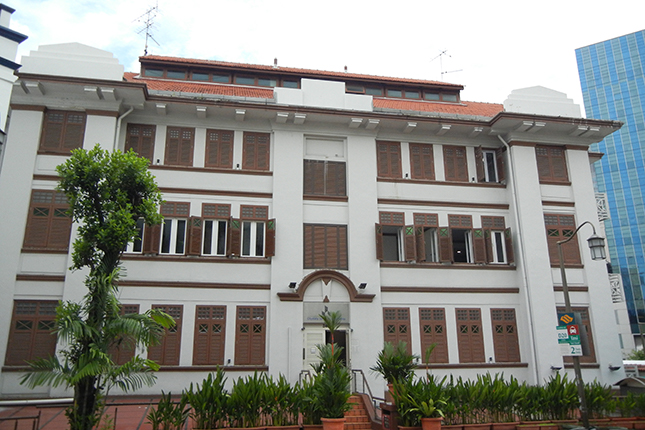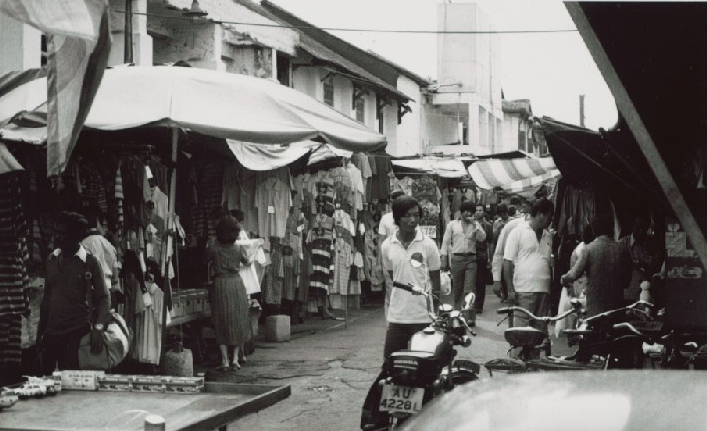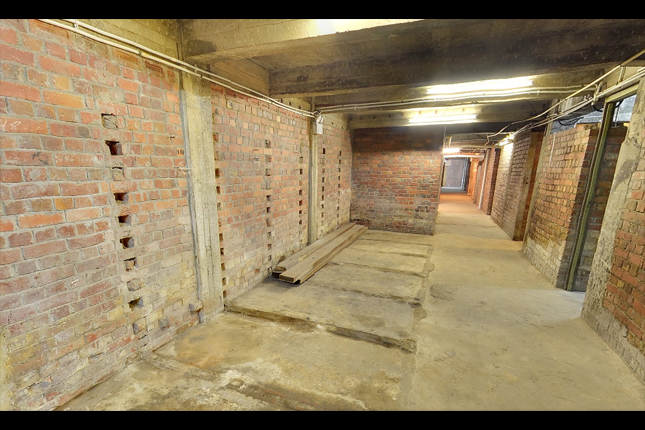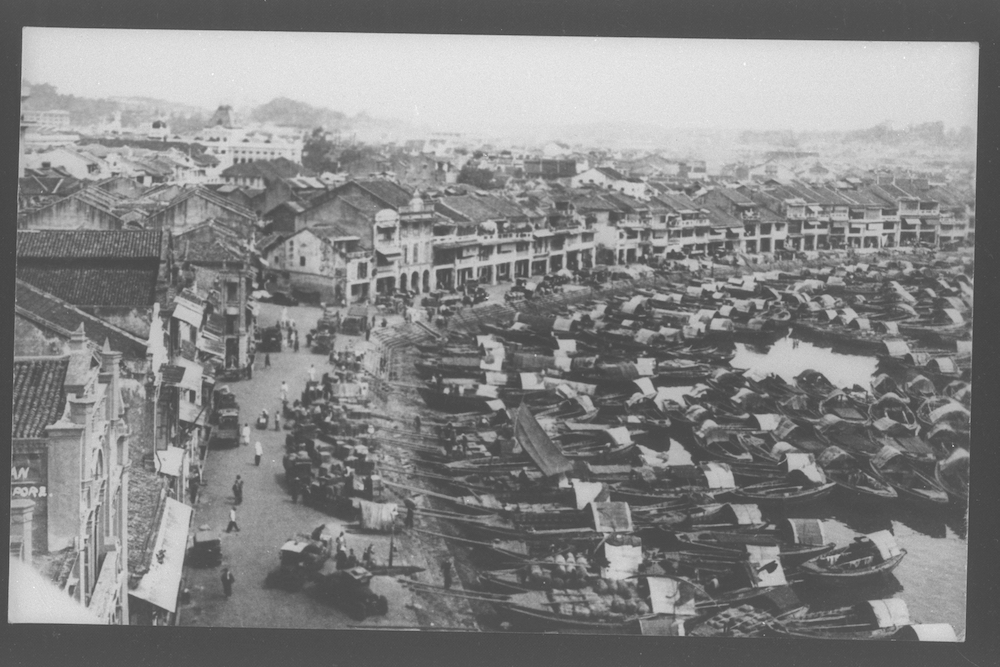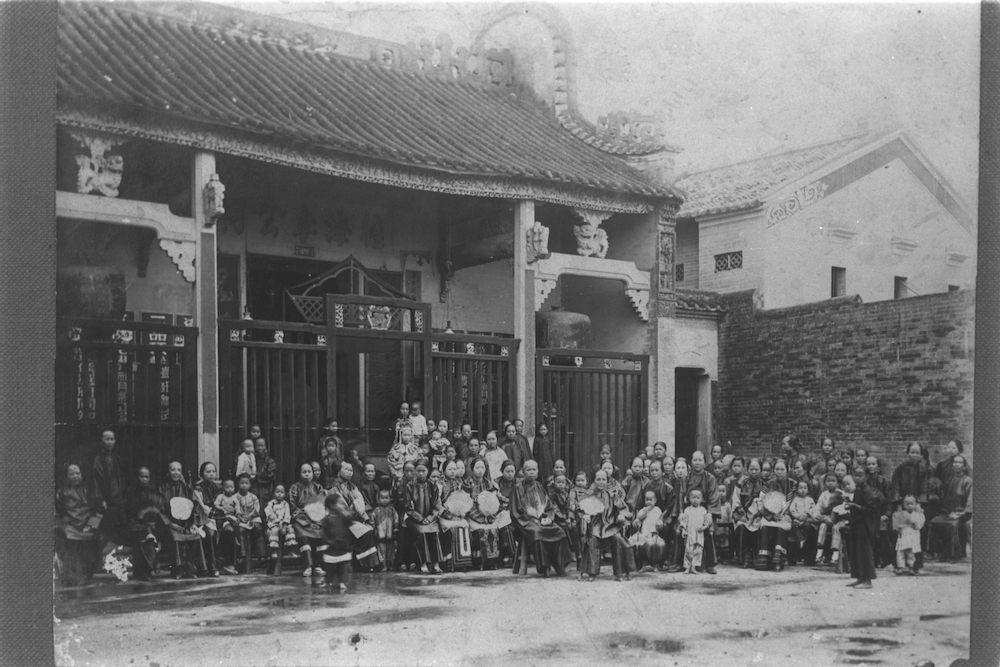Formerly located at 124A Cross Street, the club moved to its current location at 72 Club Street with the help of its members, including Dr Lim Boon Keng and Lee Kong Chian, who set up Sit Giap Company (Private) Limited and purchased the property for the club. A total of 33 shareholders financed the purchase and subsequently, the club paid the company a monthly rental. Initially established as Goh Kee Club (古寄乐) in 1905, the club was renamed to its current name in 1907. Derived from the poetic expression by Chinese poet Tao Yuanming “吾亦爱吾庐”, the name Goh Loo Club (吾盧俱樂部) translates to ‘my humble hut’.
During the early days of the club, many of the members took part in the revolution to overthrow the Qing dynasty through generous donations to Sun Yat Sen and the Chinese Revolutionary League.
Prior to the Japanese Occupation, members of the club were mainly Hokkiens including prominent figures like See Tiong Wah, Khoo Kok-Wah, Tan Kah Kee, Tan Lark Sye and Lee Kong Chian. Many members supported the anti-Japanese movement in China through the Nanyang Federation of China Relief Funds.
During the Japanese Occupation, it was the only club in the Ann Siang Hill precinct in operation. On 27 February 1942, shortly after the fall of Singapore, Japanese soldiers gathered a dozen prominent Chinese leaders who did not manage to escape and summoned them to the Goh Loo Club. About 250 well-known Chinese congregated at the inaugural meeting of the Syonan Overseas Association where they were ordered to pledge $50 million Straits dollars for the Japanese war fund.
After the end of the war, the Basketball Association of Singapore occupied the first floor from 1946 to 1970. In the 1950s, the window grilles reflecting scenes of people playing basketball were added.
By the 21st century, the club fell on hard times, and it was found to be dilapidated in 2012. Squatters were found living inside the building and several of the club’s paintings were missing. In a bid to revitalise the club’s three-storey shophouse which was gazetted for conservation in July 1989, and to attract new members, descendants of the original shareholders initiated a S$3.8 million renovation that lasted 16 months. They also registered a new club entity, ‘Goh Loo 2012’, to promote historical and cultural studies. The efforts of the descendants of Goh Loo’s shareholders to recapture and preserve the club’s spirit and history was recognised when the building won the Urban Redevelopment Authority’s Architectural Heritage Awards in 2016.
The team behind the renovation sought to retain most of the original materials. As much as possible, the original green glazed balustrades, timber joists and floorboards were reused. Significant old furniture, such as a three-legged mahjong table, were restored and showcased prominently. The first floor’s basketball-player-patterned window grilles, dating back to the 1950s, were also retained, reflecting its history as a centre that promotes basketball among the Chinese.
The renovations also revealed long-hidden interior columns, previously concealed by timber panels. Modern steel beams were added to help them support the building’s weight. An external mural, depicting the club’s pioneers and Chinese revolutionary figure, Sun Yat Sen, was also added.
At the time of writing this article in 2019, parts of the building are leased out as office space.
This is a conserved building(s) by the Urban Redevelopment Authority (URA), please visit URA’s Conservation Portal for more details.
Buildings and sites featured on Roots.SG are part of our efforts to raise awareness of our heritage; a listing on Roots.SG does not imply any form of preservation or conservation status, unless it is mentioned in the article. The information in this article is valid as of May 2019 and is not intended to be an exhaustive history of the site/building.




